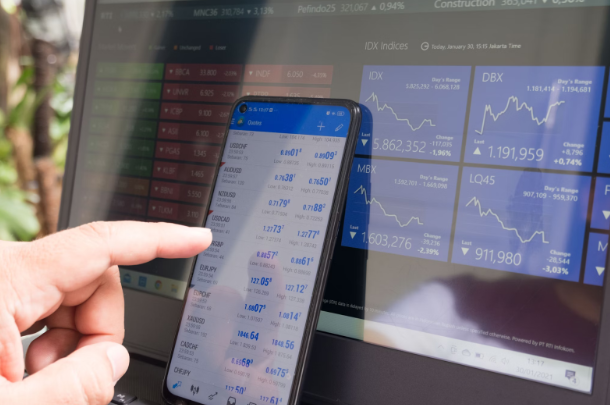The Ultimate Guide to Forex Demand Zones: Spot Buying Pressure Before the Market Moves
All traders aspire to find that one perfect entry point just before the market pivots. In this context, a Demand Zone will help you identify that level. A Demand Zone is an area of your chart where buying power appears to become active when the price goes down. It is often a key area where prices would gravitate towards and at these levels they reverse back up.
Think of it like when you go shopping at your favorite store during a clearance sale. When the price of things is low enough, there is little hesitation for shoppers to come and buy. The act of buying effectively puts a halt to the price moving lower and actually forces it back upwards. The financial markets are similar.
What Exactly Is a Demand Zone
downtrend where buying demand has increased significantly. This is not just a line you see on your price chart, but represents the actions of real market participants putting their money where they feel value exists.
The underlying logic is simple. When price eventually reaches a level market participants think is undervalued, buyers enter the market with conviction. Just the existence of demand from buyers creates a price floor where price does not continue to decline and reverses.
Look at it in a professional manner. Gold (XAU/USD) has bounced around the $1,800 price point, regardless of what market cycle or time of year, the same behavior occurred. Each time the price was near the $1,800 area, buyers would enter the market and push the price higher. This was reproduced numerous times resulting in this zone being treated as a demand zone.
The Economic Logic Behind Demand Zones
Demand zones aren't magic; they're founded on basic economic principles that govern all markets. Understanding the "why" behind them will make you a better trader. The theory stems from simple supply and demand theory.
When demand is higher than the supply of an asset at a price point, the price will naturally rise. When sellers run out of sellers and buyers see opportunity, the balance shifts. A Demand Zone is created when the market is temporarily undervaluing an asset. Smart traders and institutions recognize the mispricing, and then enter and cause a zone and create the fuel to short the price. For a macro example, in a Federal Reserve rate cut cycle, demand for USD typically decreases when rates decline - as the currency is unattractive at lower rates.
Demand Zone vs Supply Zone
To understand the market structure, you need to look at the structure from both sides of the equation, where Demand Zones and Supply Zones are the opposite of each other and serve different purposes in price action. The Supply Zone is the area where selling pressure is building up during the period of rising prices.
The Supply Zone is an area where the sellers overtake the buyers leading to a bullish candle which could turn into a bearish candle down the road. Demand Zones are an attempt to catch a falling knife, while Supply Zones are an attempt to stop a rising knife.
How to Identify Demand Zones
Start with price action. Look for signs of small reversal zones near or at the back of large bearish (downward) candles. This is indicative of selling pressure exhausted and buyers are coming into the market. You will notice clusters of long lower wicks where buyers repeatedly defend the level.
Now that you are tracking price action, you will need some confirmation from other technical signals. Use RSI (Relative Strength Index) to see if the price is oversold below 30, which is typically an indicator of Demand Zones. Volume spikes at potential demand zones are another confirmation. This is a sign of institutional interest with real buyers coming into the market.
For more info:-


Comments
Post a Comment